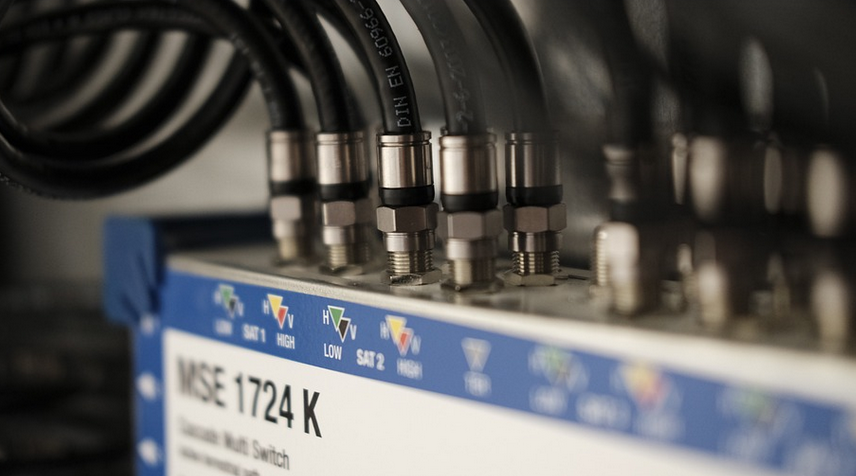Understanding the Basics
The Dodge Caliber, a compact car known for its affordability and practicality, offered a choice of transmission options throughout its lifespan. One such option was the Continuously Variable Transmission (CVT), often referred to as a “rubber band” or “infinite gear” transmission. Here’s a breakdown of what you need to know about this unique technology:
The CVT differs considerably from traditional automatic transmissions, which typically use gears. Instead, it relies on a belt and pulley system that continuously adjusts the gear ratio based on engine speed and vehicle demands. This mechanism allows for seamless acceleration and deceleration without the abrupt shifts of a conventional automatic.
This technology offers several key advantages:
- **Smooth and Efficient Acceleration:** CVTs seamlessly deliver power to the wheels, resulting in smooth acceleration with reduced gear-shifts. Think about driving uphill – you don’t feel the engine straining like in a traditional automatic.
**Improved Fuel Economy:** By minimizing resistance during acceleration, CVTs often lead to improved fuel efficiency compared to conventional automatics. The CVT optimizes engine speed and power delivery, resulting in reduced fuel consumption.
**Quiet Operation:** Unlike the usual whirring of a gear-changing automatic transmission, CVTs operate quietly due to their smooth gear control system. This contributes to a more relaxed and enjoyable driving experience.
**However, some potential drawbacks exist with the CVT technology:
**Less Efficient in Specific Driving Conditions:** While CVTs excel at cruising and highway driving, they might not offer the same level of performance in situations where quick shifts are crucial, such as hill starts or emergency braking. You may notice a slight delay between the accelerator press and the car’s response.
**Lack of “Heel-Toe” Technique:** Traditional gearboxes allow for heel-toe downshifting techniques to enhance control and performance driving. CVTs don’t provide this type of manual control, which can be inconvenient in tight cornering or aggressive driving situations.
**Potential Maintenance Concerns:** CVT transmissions are known for requiring specialized maintenance and potentially more frequent servicing than traditional automatic transmissions. This could lead to higher costs and inconvenience if you plan on owning the car for a long time.
The Caliber CVT: A Closer Look
The Dodge Caliber was available with the CVT transmission from its inception in 2007 to 2012. This transmission offered good performance within its compact size, but not without some trade-offs.
**Pros:**
* **Fuel Efficiency:** CVTs are known for their ability to maximize fuel economy due to their smooth operation and optimized engine speeds. This is particularly beneficial in city driving where constant acceleration and braking occur frequently.
* **Smooth Drive:** The automatic nature of the CVT ensures a comfortable, even ride without abrupt gear changes or clunky shifting experiences. For everyday commuters, this contributes to a more relaxed drive experience.
**Cons:**
* **Torque and Power Delivery:** Due to its design, a traditional CVT transmission might lack the “oomph” of a manual gearbox in situations requiring high torque output. You may find yourself needing to accelerate harder than with a conventional automatic in certain scenarios.
* **Limited Control:** The absence of a manual shift mode can sometimes be limiting for drivers used to more control over their vehicle’s performance and handling. This might require some adjustments if you are accustomed to the traditional gear selection process.
**Maintenance:** Keep in mind that CVT transmissions require specialized maintenance and servicing when compared to other automatic or manual transmission options. It’s important to follow your owner’s manual for proper care and upkeep, including fluid changes, belt inspection, and potential repair.
Understanding the Caliber CVT’s Performance
The Dodge Caliber CVT was known for delivering a comfortable driving experience, particularly in city environments. The focus of its design was on maximizing fuel efficiency and smooth operation, which benefited everyday commuters.
**Fuel Efficiency:**
The combination of the smaller engine size and the efficient CVT transmission contributed to excellent fuel economy, especially during city driving with frequent stops and starts.
**Acceleration:**
While not as responsive as a manual gearbox, the Caliber’s CVT offered smooth acceleration in everyday conditions. It helped maintain a steady speed and comfort for long commutes or highway driving without feeling delayed.
**Handling and Control:**
“The Caliber CVT focused more on providing a comfortable and efficient drive rather than having sporty handling characteristics. This meant smoother transitions and minimal shifts, which was appreciated by many drivers!
How to Maintain Your Caliber’s CVT
Proper maintenance is essential for ensuring the longevity of your Dodge Caliber’s CVT transmission. Follow these tips to keep it in optimal condition:
**Regular Service:** Stick to the recommended service schedule outlined in your owner’s manual. This typically includes fluid changes, belt inspections, and other routine maintenance tasks.
**Fluid Management:** The CVT requires a special type of transmission fluid that impacts its overall performance and longevity. It’s crucial to use only oil designed specifically for CVTs and follow the manufacturer’s instructions for replacement.
**Belt Maintenance:** The CVT belt is critical to its operation, so keep it in peak condition with regular inspections and timely replacements. Any damage can severely impact the transmission’s performance and longevity.
**Drive Responsibly:** Avoid harsh acceleration or braking to prevent excessive wear on the engine and CVT components. It’s also a good idea to avoid short trips if you only drive for short distances as it will put extra strain on the CVT.
The Caliber’s Legacy: A Look at its End of Life
The Dodge Caliber was produced for years, and in 2013 it saw a redesign that included updated technology. This resulted in a significant change to the powertrain, with a new engine and transmission option. This change allowed the Caliber to meet changing fuel economy standards in Europe, while also offering improved performance in some aspects.
The end of production for the Dodge Caliber came in 2013, marking the end of an era for this compact vehicle. Its legacy lives on through various other vehicles that built upon its design elements and innovation. While the Caliber’s CVT transmission hasn’t been as popular in recent years, it’s important to understand how this technology has shaped modern automobile design and efficiency.
Conclusion
The Dodge Caliber CVT transmission offered a unique blend of practicality and fuel economy. Its smooth operation and compact size made it incredibly versatile for everyday driving. While the CVT might not be suitable for everyone, understanding its advantages and disadvantages helps you make an informed decision about buying or maintaining your own Dodge Caliber.



